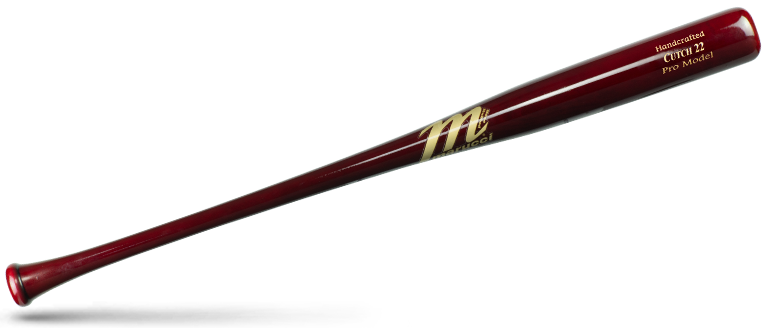What is the best youth polished ash? That used to be a somewhat simple inquiry to address as you just overviewed what kind of Louisville Slugger was the most famous. Be that as it may, the times of one significant maker consuming the play club industry have passed just as the wooden bat being the main choice. Today there are a wide range of makers and many diverse polished ash of different syntheses. We should get what we’re purchasing to figure out what is the best youth slugger for our player. With the incorporation of the standard wood bat, the accessible sorts of homerun sticks are isolated into 3 unique classes with Aluminum and Graphite/Titanium lined bats being the excess two sorts. We should test every one of the three classes with the ace and cons related with each.
A polished ash made of Aluminum is light weight which permits the player expanded bat control and bat speed through the hitting zone. This can be of extraordinary advantage to any age player, yet particularly a more youthful player simply learning the essential mechanics of hitting. The different combinations of zinc, magnesium, aluminum and copper builds the size of the bat’s Sweet Zone on the bat barrel, which makes the bat more sympathetic of a swing where strong contact with the ball isn’t cultivated. The bat likewise will in general make the ball travel 5% or more farther than a conventional play club. A play club made of graphite/titanium lining is really an aluminum bat with a diminished measure of aluminum in the barrel head, which is supplanted with the graphite/titanium lining around the barrel. This makes the generally light aluminum bat, lighter yet, which just upgrades bat control and speeds up through the hitting zone.

The graphite/titanium lining builds the bats toughness, which expands the uprightness of the bat’s perfect balance. This was, obviously the producer’s goal, but this could bring about the bat’s demise. Because of the sped up through the hitting zone and the sped up which the ball falls off the bat, there is a genuine security worry for infielders, particularly third base and the pitcher. A few associations and universities have started restricting the utilization of specific kinds of these bats due to the risk. Ensure your association permits the use of these sorts of bats prior to forking out $300 – $400 for one.
The wooden bat stays a staple of baseball and is made of Maple, Debris, Hickory or a Bamboo blend. The wooden bat offers more prominent barrel and tighten choices for the hitter and are more affordable than composites, yet additionally break all the more habitually, which might bring about the expense reserve funds being nullified through substitution costs. Composite bats do have one significant imperfection which wooden bats don’t have, however couple of individuals knows about it. A composite bat should be appropriately penniless in. Believe it or not. Similarly as you would break in another glove, you break in a composite slugging stick in bat reviews by BatSmash.com